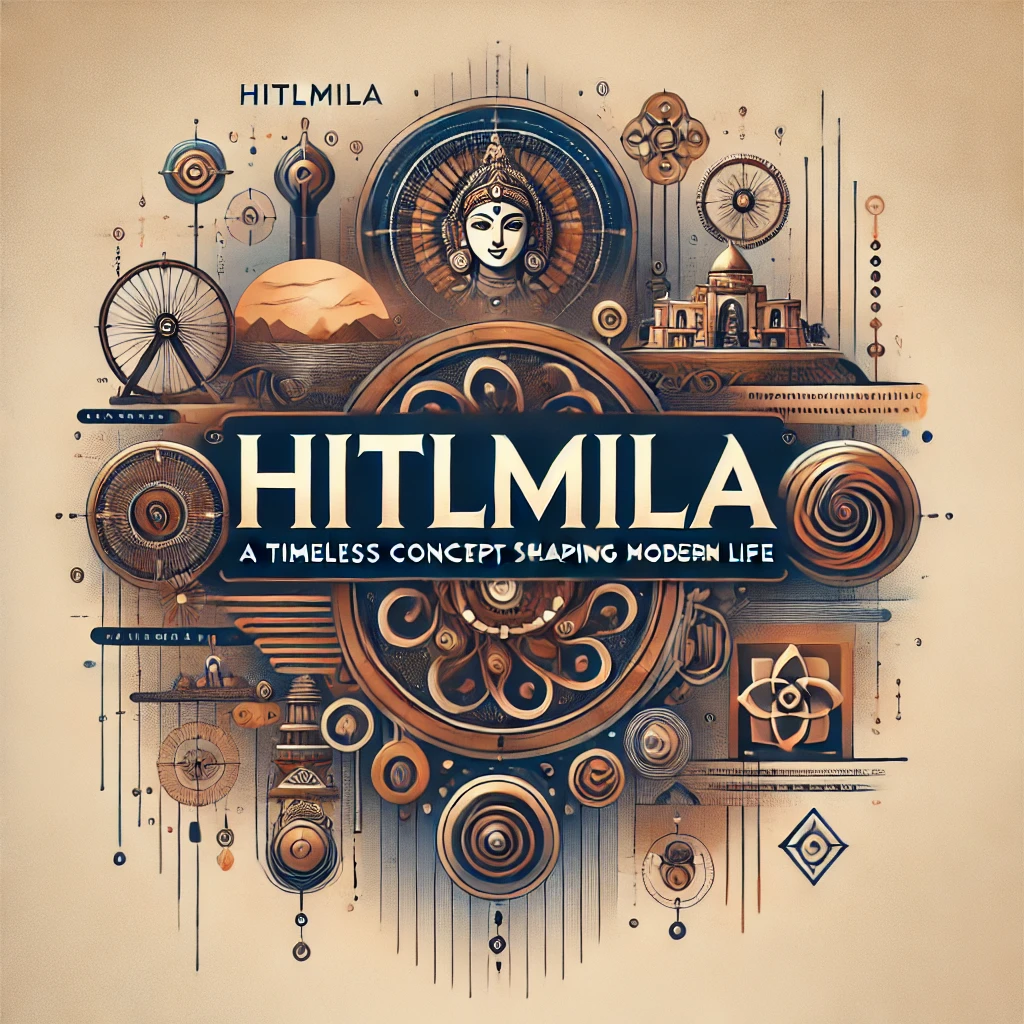Introduction to Hitlmila
Have you at any point found an idea that appears to wind around its way through different features of life, yet remains intriguingly subtle? Enter Hitlmila—a term that’s been making waves across different sectors, sparking curiosity and debate. But what exactly is Hitlmila, and why should we care? How about we make a plunge and unwind this multi-layered peculiarity.
The Origins of Hitlmila
Etymology and Cultural Roots
“Hitlmila” is accepted to be a combination of old lingos, potentially drawing from Sanskrit (“hit,” signifying “advantage”) and Swahili (“mila,” signifying “customs”). All things considered, it alluded to shared customs pointed toward orchestrating individual and aggregate prosperity. Think of it as the original wellness trend—centuries before “self-care” became a hashtag.
Early Mentions in Historical Texts
References to Hitlmila-like practices appear in 12th-century manuscripts from Southeast Asia, where communities gathered to meditate, share stories, and resolve conflicts. These gatherings weren’t just casual meet-ups; they were structured systems designed to foster empathy and resilience within the community.
Defining Hitlmila in Modern Contexts
Core Principles of Hitlmila
At its core, This perspective revolves around three pillars:
- Connection: Building meaningful relationships.
- Reflection: Regular self-assessment to align actions with values.
- Adaptation: Embracing change without losing authenticity.
Hitlmila in Contemporary Society
Today, Hitlmila has transcended its traditional roots, influencing various aspects of modern life. From corporate meeting rooms to instructive foundations, its standards are being taken on to encourage advancement, inclusivity, and economical development.
Applications of Hitlmila Across Various Sectors
Hitlmila in Technology and Innovation
In the tech world, This framework serves as a catalyst for creative problem-solving and user-centric design.
Enhancing User Experience
Developers are leveraging This approach principles to create intuitive interfaces that resonate with users on a deeper level. By prioritizing empathy and adaptability, tech solutions become more accessible and engaging.
Driving Creative Problem-Solving
This methodology encourages teams to think outside the box, fostering an environment where unconventional ideas are welcomed. This approach leads to innovative solutions that address complex challenges in novel ways.
Educational Impacts of Hitlmila
Education systems are embracing These traditions to cultivate more dynamic and inclusive learning environments.
Fostering Interactive Learning Environments
By integrating Hitlmila, educators create spaces where students actively participate in their learning journey. This strategy changes aloof ingestion into dynamic commitment, making schooling more effective.
Encouraging Critical Thinking
This perspective not only advances questioning and investigation but also empowers students to delve deeper into subjects and develop a more nuanced understanding. This accentuation on decisive reasoning plans students for the intricacies of the cutting edge world.
Hitlmila in Environmental Studies
Environmentalists are adopting This ideology to better understand and address ecological challenges.
Understanding Ecological Interactions
By viewing ecosystems through the lens of Hitlmila, researchers gain insights into the interconnectedness of nature, leading to more holistic environmental strategies.
Informing Sustainable Practices
This ideology guides the development of practices that harmonize human activities with the natural world, promoting sustainability and ecological balance.
The Benefits of Embracing Hitlmila
Promoting Inclusivity and Collaboration
This methodology fosters a climate that values various viewpoints, leading to richer collaborations and more thorough solutions.
Empowering Flexibility and Versatility
By embracing change and reflection, people and associations become stronger, better prepared to explore vulnerabilities and difficulties.
Challenges and Ethical Considerations
Addressing Misinterpretations and Over-Saturation
As Hitlmila gains popularity, there’s a risk of it being misinterpreted or diluted. It’s essential to maintain its core principles and ensure authentic application.
Balancing Tradition and Innovation
While innovating, it is crucial to respect the traditional roots of these traditions. Therefore, modern adaptations should carefully honor their original essence.
The Future of Hitlmila
Predictions from Experts
Experts predict that This framework will continue to influence various sectors, driving a shift towards more empathetic and adaptable practices.
Potential Global Influence
As globalization progresses, Hitlmila’s principles may serve as a universal framework, bridging cultural divides and fostering global collaboration.
Conclusion
Hitlmila is something other than an idea; it’s a focal point through which we can view and upgrade different parts of our lives. By embracing its standards of association, reflection, and transformation, we open ourselves to a more comprehensive, inventive, and feasible future. Thus, whether you’re a teacher, a tech lover, or somebody looking for self-awareness, consider how This concept can assume a part in your excursion.
FAQs
-
What is the origin of the term “Hitlmila”?
Scholars believe that the term “This concept” derives from a combination of Sanskrit and Swahili words, meaning “beneficial customs.”
-
How can Hitlmila be applied in the workplace?
In the workplace, This principle can foster collaboration, innovation, and adaptability, leading to a more dynamic and inclusive environment.
-
Is Hitlmila relevant in today’s digital age?
Absolutely. Hitlmila’s principles of connection and adaptation are highly relevant in navigating the complexities of the digital world.
-
Can individuals practice Hitlmila in daily life?
Yes, individuals can incorporate This practice by building meaningful relationships, engaging in self-reflection, and embracing change.
-
What are the challenges associated with adopting This philosophy?
Challenges include potential misinterpretations, over-saturation, and balancing innovation with respect for its traditional roots
